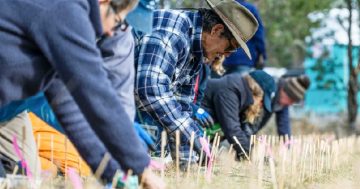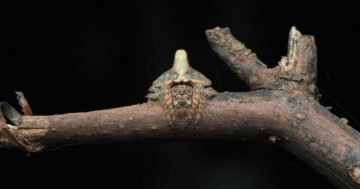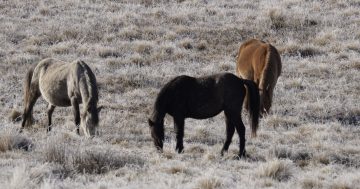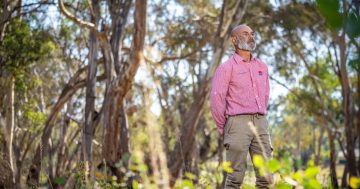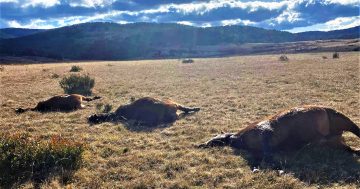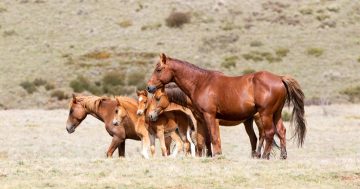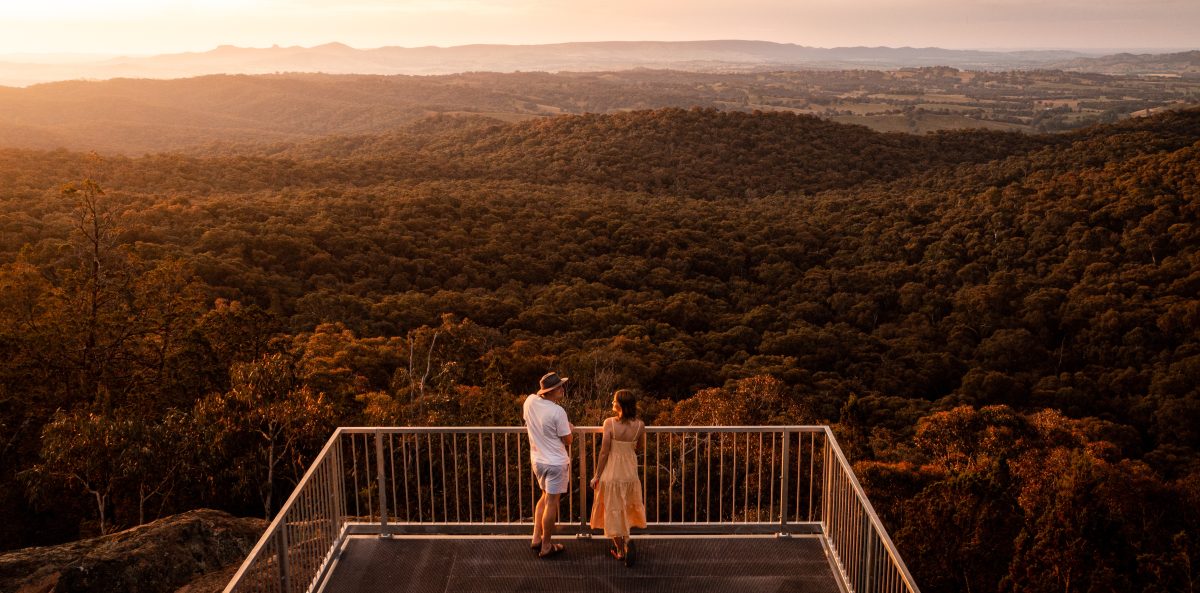
A new lookout in Woomargama National Park was unveiled in August. Renamed Yambla View ”Wambariga”, it offers visitors spectacular views over surrounding nature reserves and out over the Riverina plains. Photo: Matt Beaver Photography.
Views over the Riverina just got a whole lot better with a stunning new lookout unveiled at Woomargama National Park.
Yambla View ”Wambariga” now boasts a bespoke steel walkway that opens out to an enclosed platform and takes in views over Table Top and Benambra nature reserves and the Riverina plains.
Greater Hume Council’s general manager Evelyn Arnold said the lookout would provide a place where visitors and locals could visit and reflect on the natural beauty of the region.
The new lookout was completed in August and is off Hanel’s Road in Woomargama (south of Holbrook). It provides access to wheelchairs via the raised steel walkway and includes an accessible toilet and picnic facilities.
“The original name of the rock formation was Hanel’s Lookout, after the local family of Julianne and Les Hanel,” Ms Arnold said.
“The name was changed to reflect the placement of the viewing platform and the local Aboriginal history.”
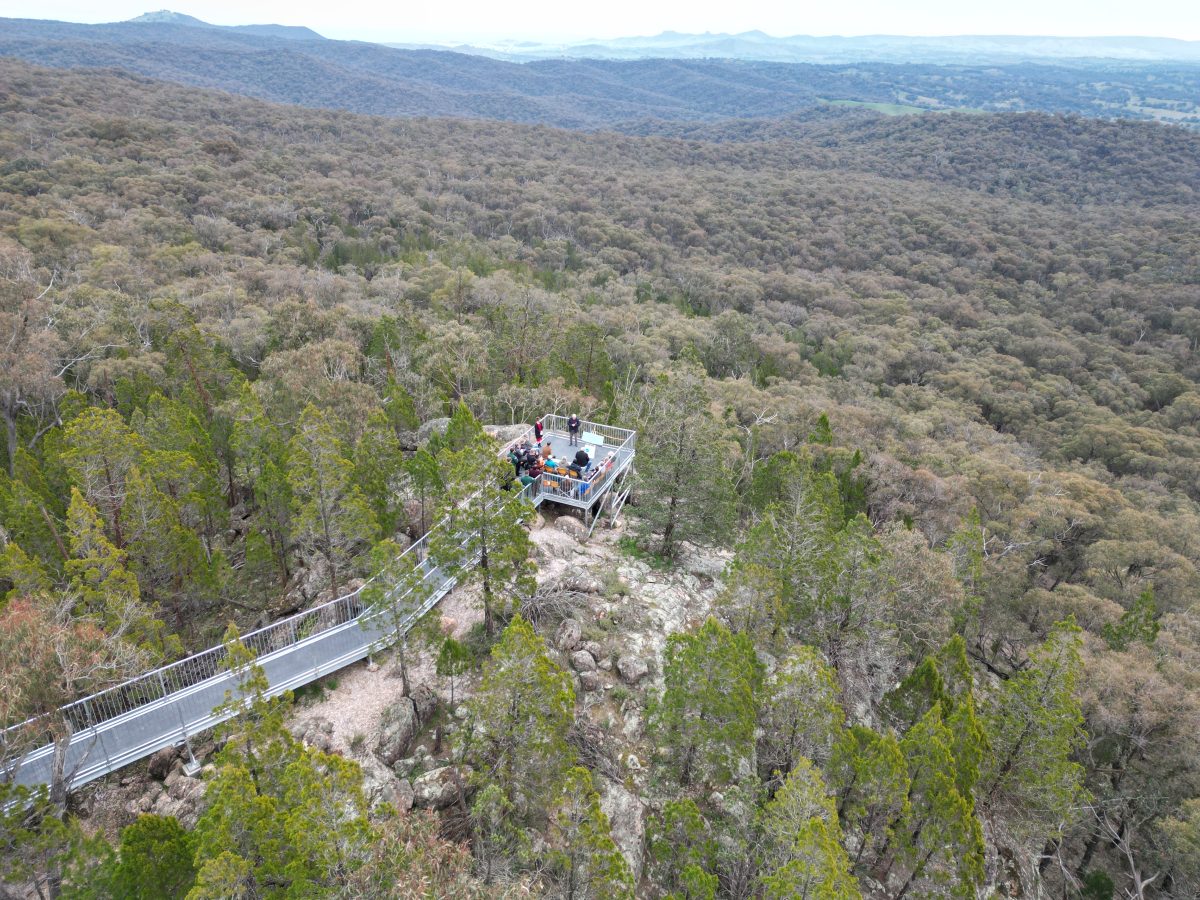
Woomargama National Park is the largest protected area of forest west of the Great Dividing Range and covers about 24,000 hectares. Photo: Supplied.
She said two important components made up the new name of the lookout.
Yambla View depicts the view of the striking Yambla Range to the north-west. ”Wambariga”, the local Wiradjuri name for native cherry, was included to acknowledge the Aboriginal significance of the area, following consultation with elders from the Albury and District Local Aboriginal Land Council.
Woomargama National Park is the largest protected area of forest west of the Great Dividing Range. It covers about 24,000 hectares and has a variety of habitats including dry sclerophyll forests, grassy woodlands, wetlands and rocky outcrops.
Once a tin-mining extraction site, the park was gazetted in 2001 and is known for its birdwatching values. It is also a refuge for various endangered and vulnerable species including the Boorolong frog, the powerful owl and the heath goanna.
Another species on the verge of extinction in NSW was the crimson spider orchid (Caladenia concolor).
As its name suggests, this orchid has a vibrant dark-red to crimson flower. It flowers in spring, although flowering may not occur every year.
According to Murray Local Land Services senior land services officer Shanna Rogers, a 2014 survey revealed fewer than 75 crimson spider orchids were left in the wild in NSW.
In 2017, a new population was discovered in Benambra National Park, boosting numbers to an estimated 600 plants in NSW.
“To safeguard orchid species like this from becoming extinct, we need to boost the population,” Shanna said.
“To do this, we need to increase the abundance of plants within the existing sites and also establish new populations.”
Woomargama National Park is suitable for crimson spider orchids as it has a similar vegetation species composition to the Nail Can Hill (Albury) and Benambra National Park, where the wild populations currently exist.
“We have recently introduced 431 crimson spider orchids into a fenced enclosure within Woomargama National Park,” Shanna said.
“The orchids were planted and caged by a team of Woomargama National Park volunteers and members from the Australasian Native Orchid Society – Victoria in July 2022.”
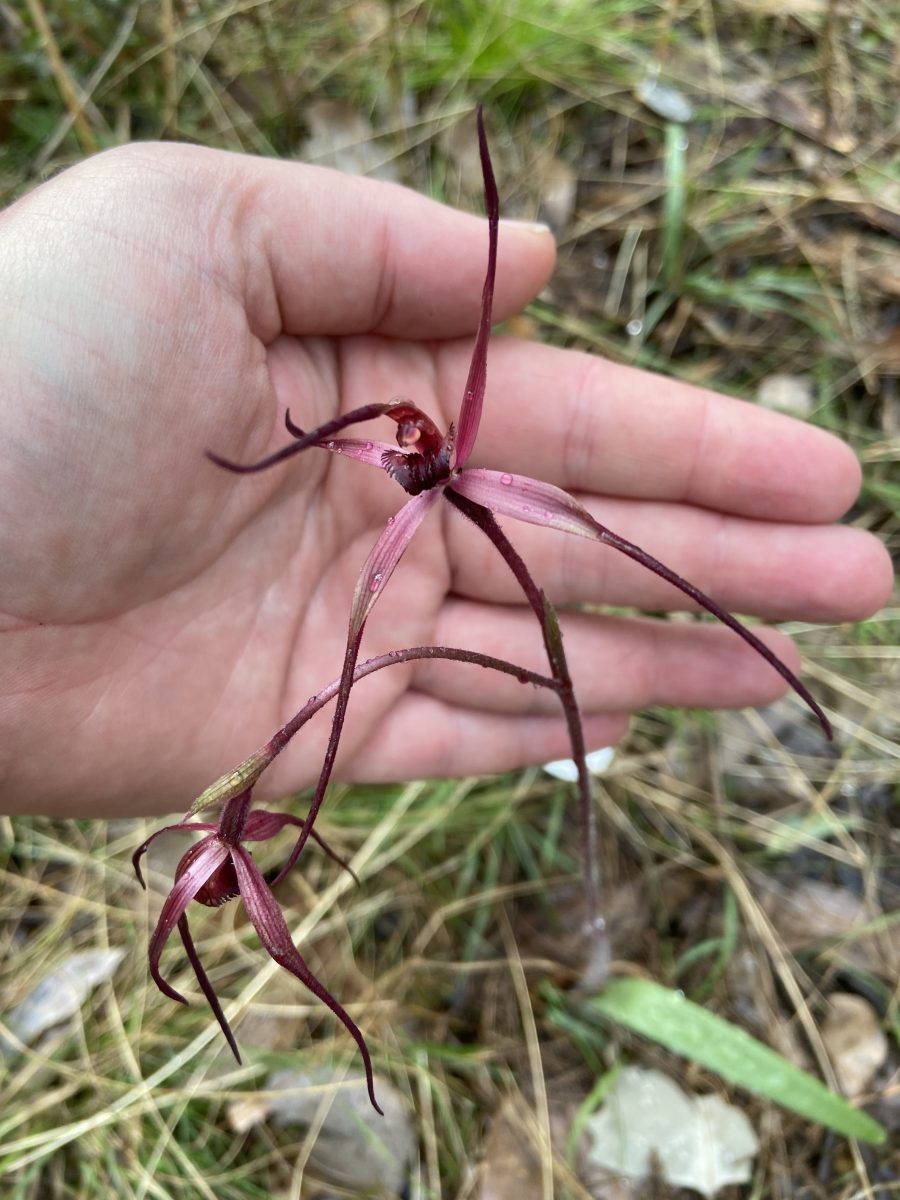
Park volunteers and members of the Australasian Native Orchid Society were part of a program to introduce the endangered crimson spider orchids into a fenced enclosure in a bid to boost the population. Photo: Supplied.
Monitoring of the planted orchids in September 2022 indicated that there were 209 flowering plants, and 17 per cent had been pollinated by native thynnine wasps.
“The orchids survived summer as dormant tubers, with an estimated 33 per cent of the planted orchids emerging this year,” Shanna said.
The Woomargama crimson spider orchid population will be monitored this month to assess the number of orchids flowering and whether pollination has occurred.
“Whilst the percentage of orchids emerging was low, this may be due to dormancy induced by the wet conditions post-planting,” Shanna said.
Ongoing monitoring of this new population at Woomargama National Park and the wild populations at Benambra National Park and Nail Can Hill in Albury will occur to see how the recovery of this stunning and endangered orchid is tracking over the next few years.
You can learn more about Woomargama National Park here.



